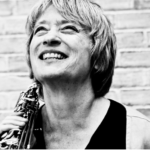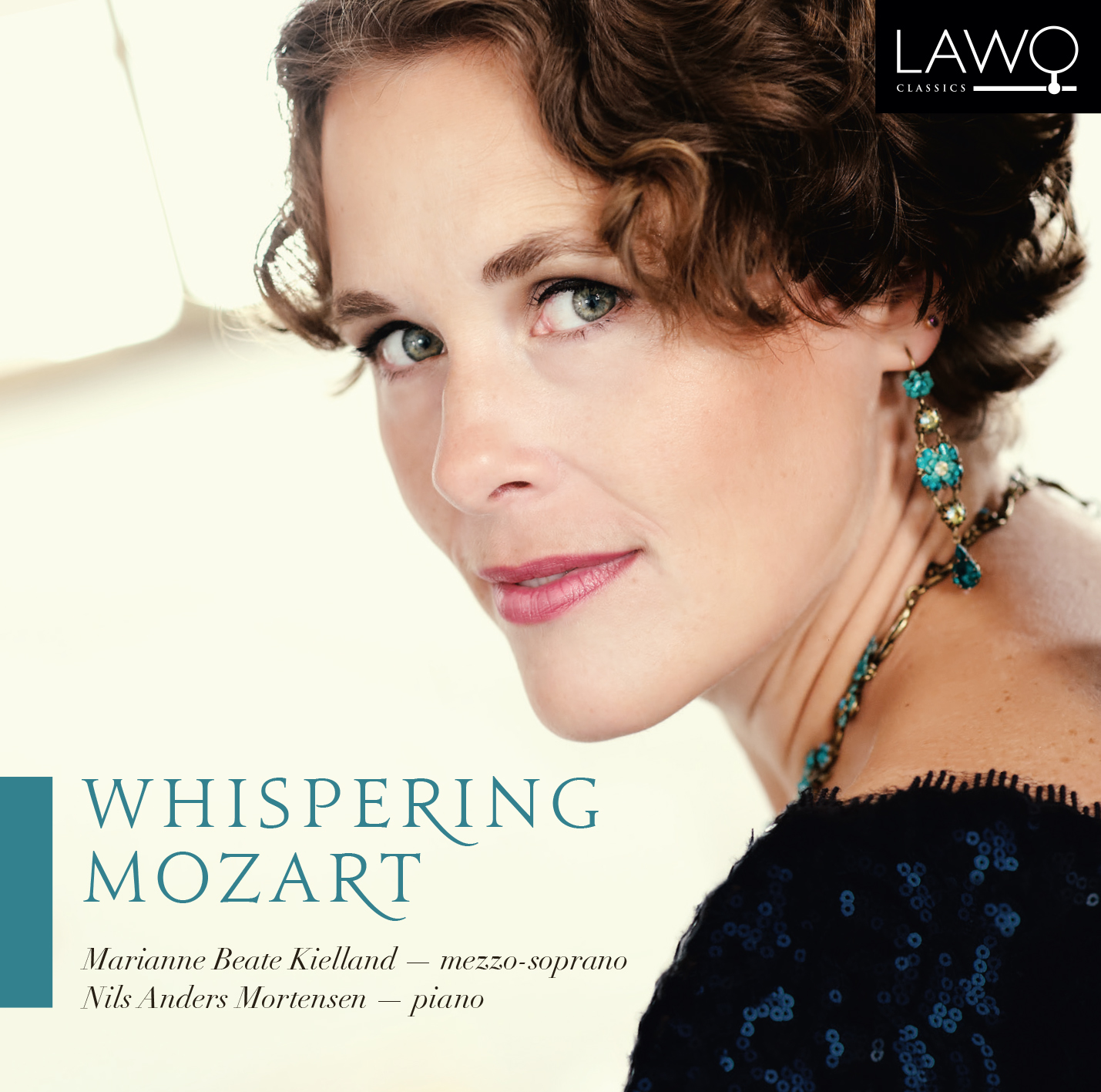I’ve always been a visual thinker. I don’t know why, but when I play I hear sound moving through space. It’s as if I’m painting a canvas with sounds and so the visual and aural to me are all mixed up, though, in a good way.
This sonic architecture is personal to me because it is something that I’m going for in terms of my own playing and the way I want the music to move. I want an expansive sense of movement both emotionally, from the most quiet and expressive music, to the most complex harmonic landscape.
The soprano, which is my instrument, is not like the alto or the tenor saxophone which has a bell at the end of the horn and the sound projects out like a trumpet. On the soprano saxophone, the sound comes out in all different directions. So, when I was talking with my long-time engineer and good friend, Jim Anderson, about recording, he suggested “how about surround sound?” So, as we capture the soprano’s sound from 360 degrees, this is a special way to hear it. This is the way the instrument breaths, so in that sense, surround sound is a perfect match for my instrument. For somebody like me who’s always been interested in how sound changes when it moves (I do this thing with the saxophone where I swing the bell of the horn around 180º) what could be a more perfect way to capture that sound then with a listening experience that covers 360º?
When I heard the first playback in surround I said to Jim, “my God, this is like sonic heroin. I’ve never heard sound come back at me that comes this close to what it feels like to be inside the band. This is what it sounds like!” This is what I got excited about!
I take inspiration from a lot of the great jazz artists who have come before me and who inspire me to do what I do, whether it’s in terms of the expressive range that we are going to use to express what we’re saying or, individually, what I’m going to say through my instrument. But you know I’m a saxophone player and I approach playing the horn like a singer. For example, there’s something that I’ve learned from the old-school players and that is when I play a ballad I want you to feel that I’m singing the lyrics into the horn. I want there to be this extra feeling with what each song means. And that’s the most important thing: what the song means. Even though I’m not saying the words, inside I am. And I hope using this way to capture the music and to bring it to you the listener, you’ll come to feel what the song means.
I can’t wait for people to hear me and my band in surround.
-
Wild Lines: Improvising Emily Dickinson (Audiophile Edition)€25,99 – €40,49



